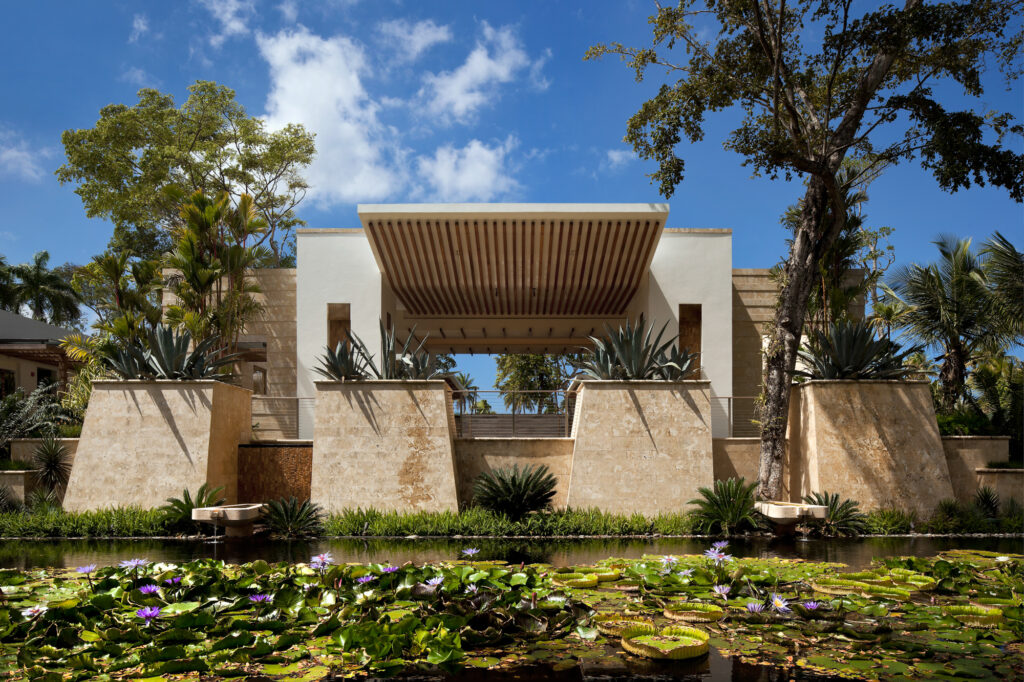Crafting luxury: The art and science of hotel and resort design
Contributors are not employed, compensated or governed by TDM, opinions and statements are from the contributor directly

In today’s ever-evolving travel landscape, the concept of luxury has undergone a profound transformation. It is no longer merely about opulence and extravagance as discerning travelers seek meaningful journeys that embrace local culture and sustainability, the hospitality industry is redefining itself to meet these demands.
Brand TD speaks with José Cláudio Silva, Design Principal at 10 Design, about how luxury has evolved over the years, the design trends shaping its future, and the delicate balance between opulence and sustainability. He also shed light on the art of infusing local culture and heritage into designs while maintaining a sense of authenticity and how to navigate budget constraints without compromising on the quality of the guest experience.
Brand TD: What, in your opinion, defines the true essence of luxury when it comes to designing hotels and resorts?
José Cláudio Silva: In today’s travel landscape, authenticity, experience, and attention to detail are key. Mindful travelers seek meaningful travel experiences that tread lightly on the environment and immerse them in the local culture. To meet this demand, hotels are redefining what it means to be a welcoming and sustainable destination. From the design of the building itself to the smallest of details, hotels are incorporating eco-friendly practices that benefit the local community.

Brand TD: How has the concept of luxury in hotel and resort design evolved over the years, and what trends do you see shaping its future?
Silva: The modern traveler seeks experiences that engage all the senses and transport them to a state of bliss. To meet these elevated expectations, designers are incorporating natural elements into hotel designs to promote mindfulness and well-being. As our work has shown, immersing guests in nature through thoughtfully designed spaces can create transcendent experiences that foster emotional connection and joy.
As people become more isolated in the modern world, there’s an increasing need for social connection and a sense of community. The traditional members’ club model is being revamped to meet this need, providing a space for people to gather, connect, and create meaningful relationships. Rooms are no longer the main attraction, in addition to providing a comfortable place to stay, hotels are now incorporating features such as restaurants, workspaces, wellness facilities, and creative spaces to appeal to a wider range of guests and encourage them to spend more time in the hotel.
Brand TD: Luxury can mean different things to different people. How do you approach creating designs that cater to a diverse range of luxury preferences and cultural backgrounds?
Silva: Creating a design that is rooted in the local context, and that provides spaces for both connection and disconnection, is essential, to provide ample space and opportunity for people’s preference. The physical and cultural context of a place should be reflected in the design, giving guests a sense of place, and helping them feel connected to the location. In short, authenticity and a truthful interpretation of the locale are vital.
Brand TD: Sustainability is becoming increasingly important in the design industry. How do you balance the desire for luxury with eco-friendly and sustainable design principles in your projects?
Silva: Sustainability is no longer enough, sustainability is the default, the bare minimum, we must now think about regeneration and designing hotels that improve the local environment, not just reduce the negative impacts. We can inspire a new way of thinking by bringing the local climate, ecology, and community into the design process, creating hotels that are sensitive to their surroundings and beneficial to the planet.

Brand TD: Luxury often involves attention to detail. Can you share some specific design details or elements that you believe make a significant difference in creating a luxurious atmosphere within a hotel or resort?
Silva: The guest journey should be considered as a whole, not just as a series of separate spaces. By thoughtfully considering the flow of movement throughout a hotel, architects can curate an experience that feels organic and intuitive. It’s also crucial to pay attention to the details of a hotel’s design, from the selection of materials to the interface of those materials. Each choice should be made with intention, considering the local context and culture.
Brand TD: Travelers today are seeking unique and immersive experiences. How do you incorporate elements of local culture and heritage into your designs to provide guests with a sense of place and authenticity while maintaining a sense of luxury?
Silva: The most discerning travelers are looking for more than a superficial replication of the past; they want/expect spaces that are deeply connected to their surroundings, spaces that draw inspiration from the historical and cultural context of the locale. This regional approach to design allows guests to engage with the destination on a deeper level, fostering a sense of connection and lasting impression. By understanding how people have lived in the destination, we can create spaces that are more meaningful and timeless.
Brand TD: Budget constraints can sometimes limit the scope of luxury in hotel and resort design. How do you navigate these challenges to ensure that the design quality and guest experience aren’t compromised?
Silva: Early collaboration and planning between us, the client, and the cost consultant, is fundamental to understand the vison and constraints, if that happens, it’s possible to create spaces that feel elevated without breaking the bank. By strategically focusing on certain ‘wow’ moments, we can create an experience that feels luxurious without unnecessary spending.


Comments are closed.